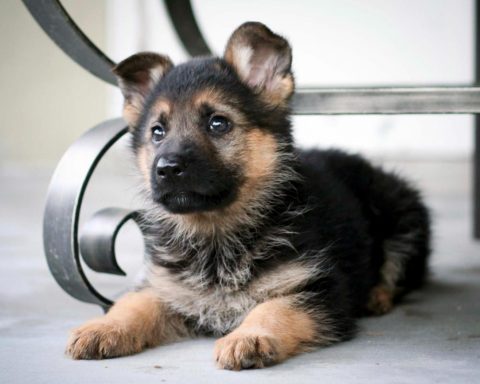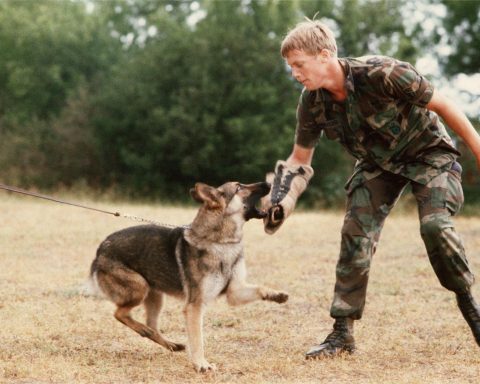Exercise is an essential part of keeping a German Shepherd in shape. If you want to be a true friend to your Shepherd, in addition to a stable and trusting relationship between you and him, you must absorb him into your family life.
This requires education of the Shepherd. Education in this context means patient, planned, conscious and persistent training of the Shepherd by the owner.
After the puppy passes the nursing period it enters an important stage – the impression period.
Puppies at this time are very attentive to everything that is happening around them, they are very curious and are extremely motivated to learn. Puppies should be allowed to play every day during this period, but within certain limits.
This process of learning and playing should be combined with joy, love and praise for the puppy from the owner. Owners should try not to force themselves on their puppies at this time, but if they must, they should be careful and within limits.
German Shepherds are very good at learning, but only if the owner can make the dog understand the owner’s intentions.
Basic rules of education
The German Shepherd should be trained as early as six months of age. We recommend a training class organized by the German Shepherd Dog Association (SV). Not only will there be experienced trainers who will organize the training for each dog, but your dog will also be exposed to other dogs of the same age.
Training begins with putting the dog on a leash. The dog learns to adapt to the leash and to obey commands. Owners then also pull the leash instead of the punitive practice of pulling or shaking the puppy’s neck. Note: Owners are advised not to tighten the leash on a regular basis!
All training needs to follow one basic point: for the dog to learn obedience. Please be careful not to give the dog the hope that it can make up its own mind. The owner should give the dog clear hand commands, in addition to the muzzle, so that the dog understands, what the owner wants him to do.
A puppy will get used to sitting by the owner pressing down on its hips, pulling up on the collar, and giving the command “sit”, at which point the owner will understand that it is doing the right thing if he strokes the dog’s spine and gives it praise such as “good boy”.
There is no other kind of training for dogs in daily life that is more important than the training to get them “down”. For puppies, the command “get down” is often given to make it form a good habit. Later on, the dog should learn that as soon as it hears the command “down”, it will immediately get down in the same place. This exercise requires patience, self-control, persistence and the ability to follow through on one’s intentions.
Many dog owners will encounter such a situation, in taking the dog for a walk, if the leash is released, it will be difficult for the dog to listen to the command, and when the dog is put on the leash again, the owner will reprimand the dog for not listening to his own commands. The owner then makes a basic mistake: the dog doesn’t think that the owner is punishing him for running around and disobeying his commands, but rather that the owner is scolding him for doing what he just did – returning to the owner!



